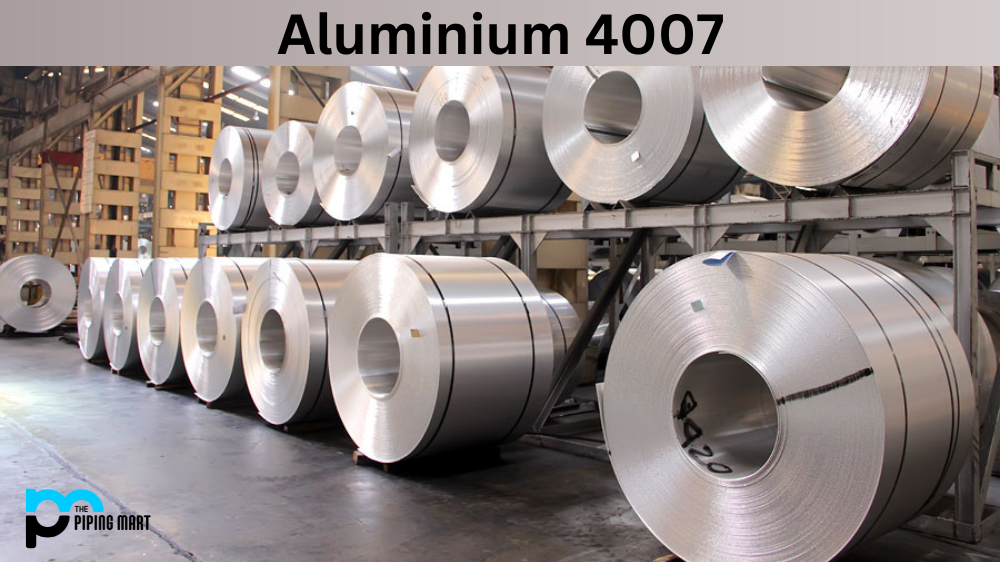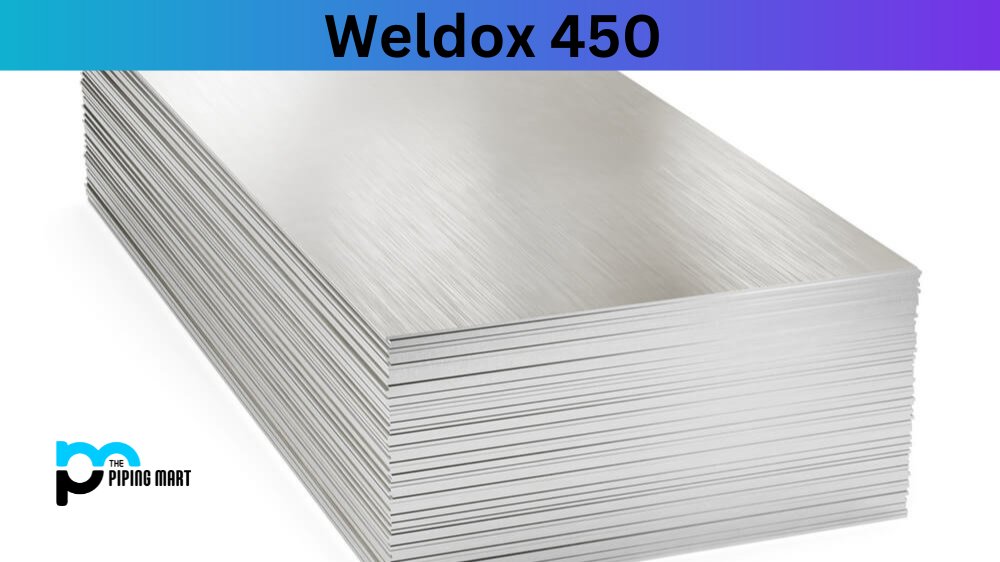Aluminium 6101 is one of the most popular aluminum alloys. UNS A96101 has a wide range of uses in many industries, including aerospace and automotive. This alloy is unique because it offers superior corrosion resistance, heat resistance, and machinability. In this blog post, we’ll discuss all the ways 6101 Alloy can benefit your business.
6101 Alloy Composition
| Element | Content (%) |
|---|---|
| Aluminium / Aluminum, Al | 98.9 |
| Magnesium, Mg | 0.60 |
| Silicon, Si | 0.50 |
6101 Alloy Physical Properties
| Properties | Metric | Imperial |
|---|---|---|
| Density | 2.7 g/cm3 | 0.0975 lb/in3 |
| Melting point | 588°C | 1090°F |
6101 Alloy Mechanical Properties
| Properties | Metric | Imperial |
|---|---|---|
| Tensile strength | 97 MPa | 14069 psi |
| Yield strength | 76 MPa | 11023 psi |
| Elastic modulus | 70-80 GPa | 10153-11603 ksi |
| Poisson’s ratio | 0.33 | 0.33 |
6101 Alloy Thermal Properties
| Properties | Conditions | ||
|---|---|---|---|
| T (ºC) | Treatment | ||
| Thermal expansion | 23 (10-6/ºC) | 20-100 | – |
| Thermal conductivity | 218 W/mK | 25 | T6 |
6101 Alloy Equivalent
- ASTM B317
- SAE J454
6101 Alloy Uses
Aluminum 6101 is used in various industries for its superior strength and ductility, making it an ideal choice for parts requiring precise dimensions and shapes. It is also used in applications such as electrical components and structural components due to its excellent electrical conductivity and thermal conductivity properties. Furthermore, aluminium 6101 can be found in window frames, doorframes, and other construction materials due to its lightweight yet strong properties.
Corrosion Resistance
Aluminium 6101 is highly resistant to corrosion due to the presence of magnesium (Mg) in the alloy composition. This makes it suitable for use in marine applications where exposure to salt water or other corrosive environments might be present. Furthermore, this alloy’s high corrosion resistance allows it to be used outdoors without fear of rusting or tarnishing over time.
Heat Treatment
Aluminium 6101 can be easily heat-treated with minimal effort and cost compared to other alloys. Heat treatment helps increase the hardness and strength of aluminium while maintaining its ductility. This process gives aluminium more durability while still allowing it to remain malleable enough for parts that require precise shaping or bending during fabrication or machining processes.
Machining
Aluminium 6101 has excellent machinability characteristics due to its low melting point (660°C). This makes it relatively easy to shape compared to other materials, such as steel or titanium alloys with higher melting points (1120°C). Additionally, aluminium’s low density makes it much easier to work with than heavier metals like brass or copper, which require more power for cutting and shaping operations. As a result, machining parts from aluminium requires less energy input resulting in lower production costs overall.
Welding
Welding aluminium can be tricky but not impossible when done correctly by an experienced welder using appropriate welding techniques such as TIG welding, which requires special equipment for successful results with aluminium alloys like 6061-T6 or 7178-T6 tubing. With proper technique and practice, you can weld aluminium with success – even if you are not an expert aluminium welder!
Conclusion
Aluminium 6101 is a versatile alloy that offers excellent corrosion resistance, heat resistance, ductility, machinability, and weldability – making it an ideal choice for many industrial applications that require precision parts that have superior strength yet malleable enough so they can be shaped during fabrication processes such as machining or welding operations. Its unique combination of properties makes this alloy suitable for many different industries, including aerospace engineering as well as automotive manufacturing, due to its affordability without sacrificing quality performance results on any application demanded from this material type! Thanks for reading about the benefits of aluminium 6001 – now you know why this alloy has been used so widely throughout the industry!

A passionate metal industry expert and blogger. With over 5 years of experience in the field, Palak brings a wealth of knowledge and insight to her writing. Whether discussing the latest trends in the metal industry or sharing tips, she is dedicated to helping others succeed in the metal industry.




